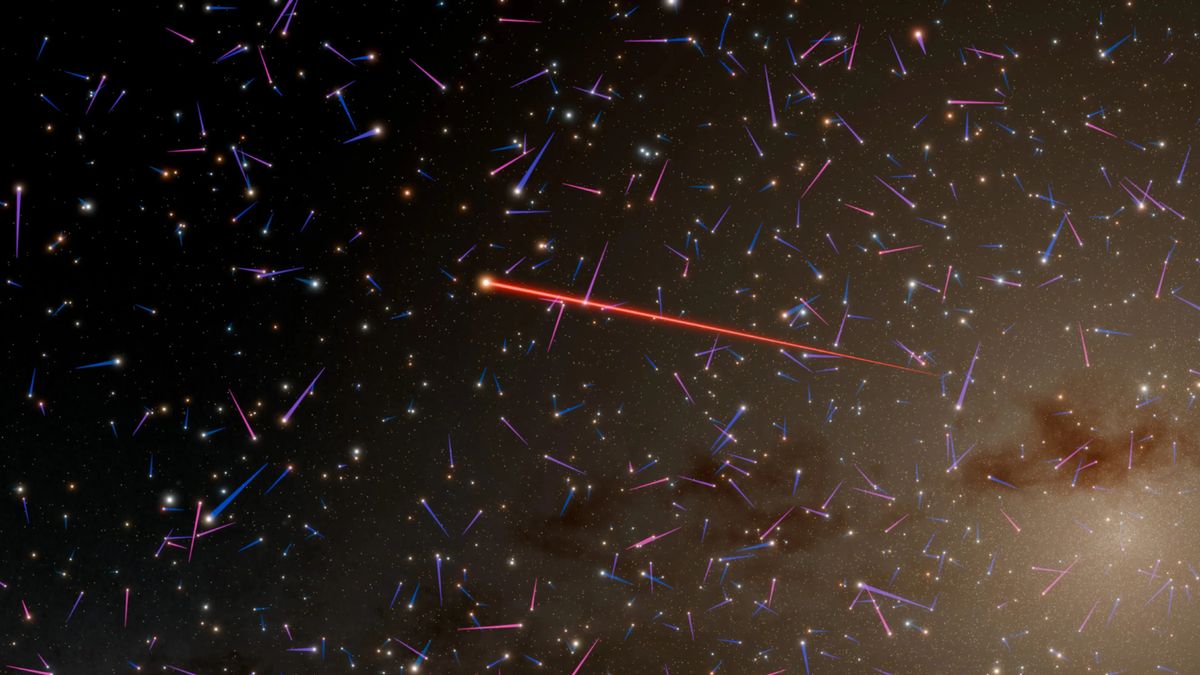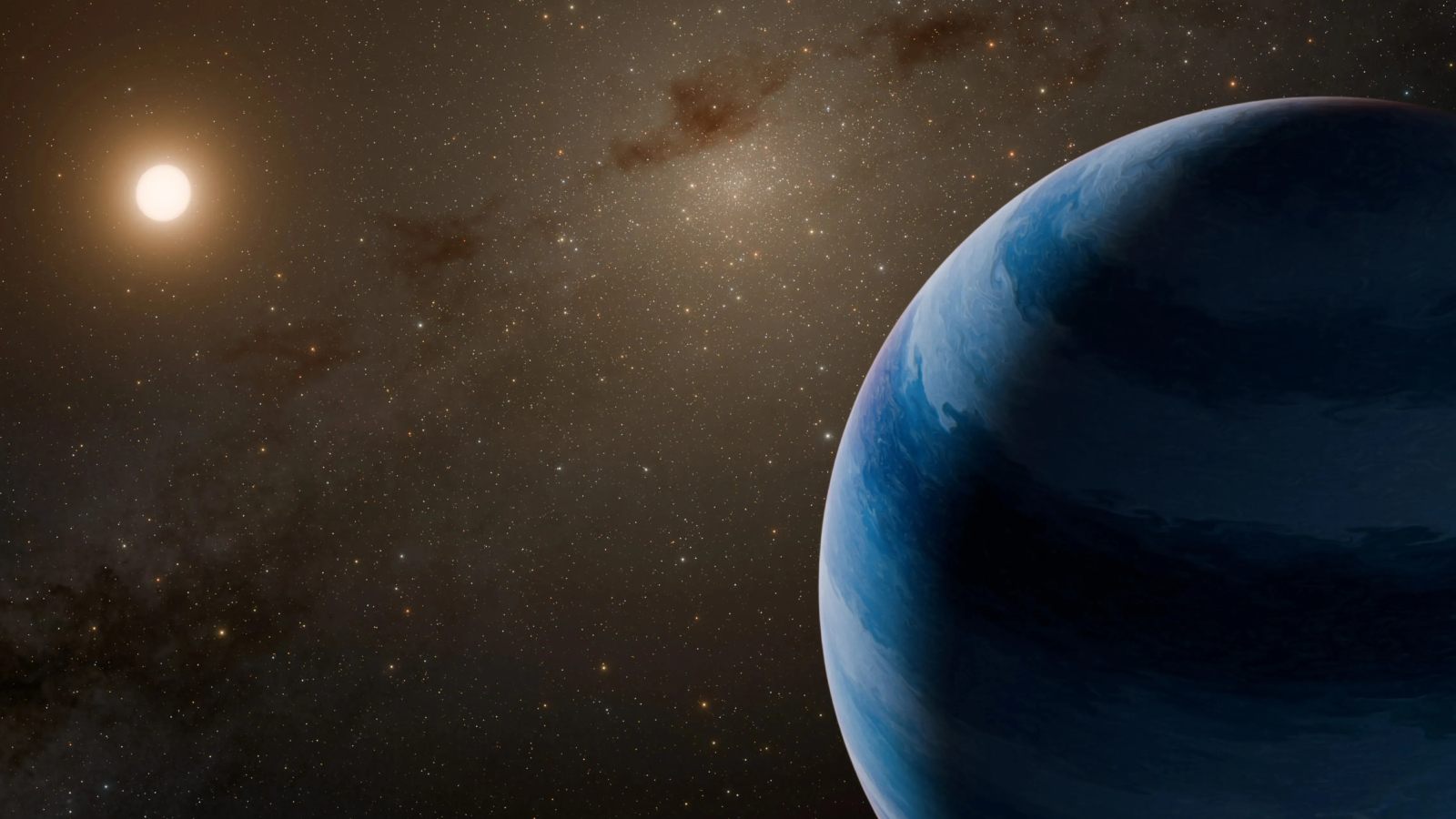
Researchers have potentially identified a diminutive star, which might be accompanied by an alien planet, racing through the Milky Way at an astonishing speed—approximately 500 times faster than a speeding bullet. This remarkable speed could classify this planetary system as the fastest ever recorded. However, uncertainties remain about the actual nature of this swiftly moving celestial body and its potential companion.
In 2011, scientists indirectly detected a pair of enigmatic objects in our galaxy through a technique known as “microlensing.” This phenomenon occurs when light is “bent” due to the gravitational influence of massive objects distorting space-time. Although the researchers couldn’t directly observe or quantify the pair, they inferred that the larger object weighed about 2,300 times more than the smaller one. One prevalent hypothesis suggested that this duo comprised a small star orbited by a large exoplanet in the “galactic bulge” close to the Milky Way’s core.
A recent study published in The Astronomical Journal introduces a new star that could be the larger entity from this intriguing pair. This star, approximately one-fifth the mass of the Sun, is situated about 24,000 light-years from Earth within the galactic interior. Researchers calculated that this star is traveling at a staggering speed of at least 1.2 million mph (1.9 million km/h) based on its position in relation to the 2011 observation.
While no exoplanet was detected in this latest observation—expected given that tracking an exoplanet’s transit around a star can take years of detailed monitoring—the researchers were able to estimate the mass of the possible exoplanet and its orbit distance from its parent star based on the characteristics of the larger object.
According to study lead author Sean Terry, a postdoctoral researcher at the University of Maryland and NASA’s Goddard Space Flight Center, “We believe this could be a super-Neptune world—roughly 30 times more massive than our planet—orbiting a low-mass star at a distance equivalent to the space between Venus and Earth in our solar system.” If this hypothesis holds true, it would mark the first discovery of a planet orbiting a hypervelocity star, though the research team cautioned that due to the small size of the star, the planet would likely be inhospitable for life.
Related: 32 real alien planets that exist

If confirmed, this prospective planetary system would travel through the Milky Way at speeds nearly double that of our solar system. Nevertheless, the actual velocity could be even greater, as the current observations do not factor in its travel direction relative to our system.
Should the celestial object exceed speeds of 1.3 million mph (2.1 million km/h), it could achieve a velocity high enough to escape the Milky Way’s gravitational pull, potentially carrying its exoplanet companion into the vastness of intergalactic space, as stated by NASA representatives.
However, uncertainties linger about the objects’ real sizes and speeds, as well as their precise identities.
Uncertainty Abounds
Even if the larger entity is indeed a star, there’s no assurance it matches the one observed in the new study, nor is there certainty regarding its calculated speed—because the researchers haven’t yet visually confirmed its motion.
“To verify if the newly discovered star is part of the same system that produced the 2011 signal, we plan to conduct follow-up observations in a year to see whether it shifts in the expected manner,” noted study co-author David Bennett, a senior research scientist at the University of Maryland and NASA Goddard.
Moreover, an alternative explanation for the observations in 2011 suggests that the objects could be a pair consisting of a massive rogue exoplanet with an accompanying enormous exomoon. In this scenario, the pair would likely be situated much closer to our planet.
If subsequent observations indicate that the star remains stationary, “this would imply that the rogue planet and exomoon hypothesis would gain traction,” said study co-author Aparna Bhattacharya, a research scientist at the University of Maryland and NASA Goddard.









